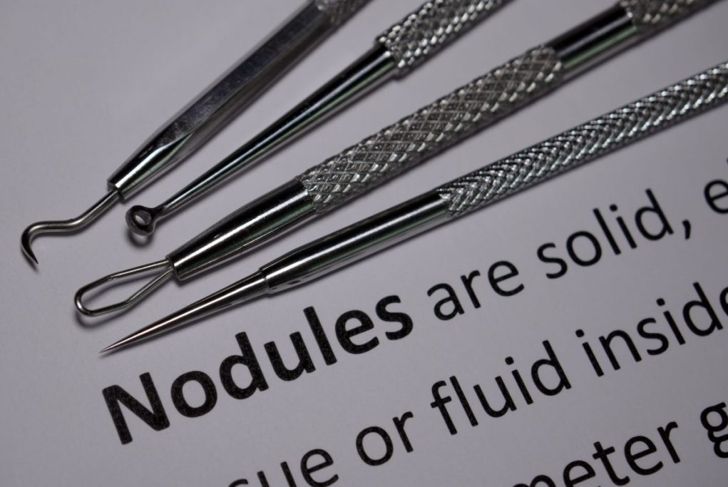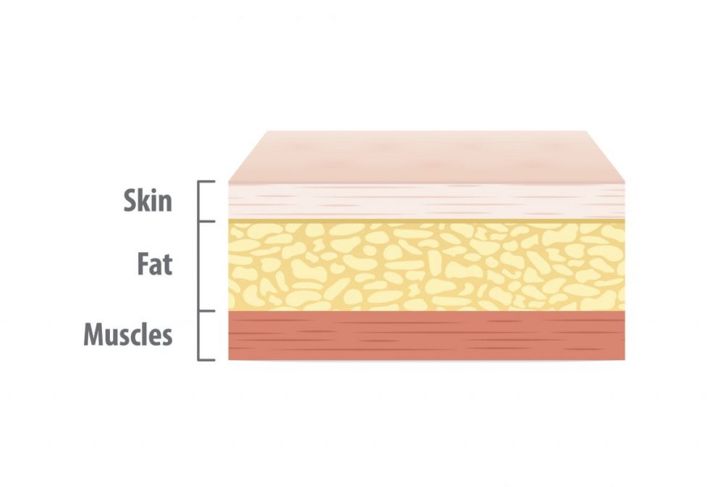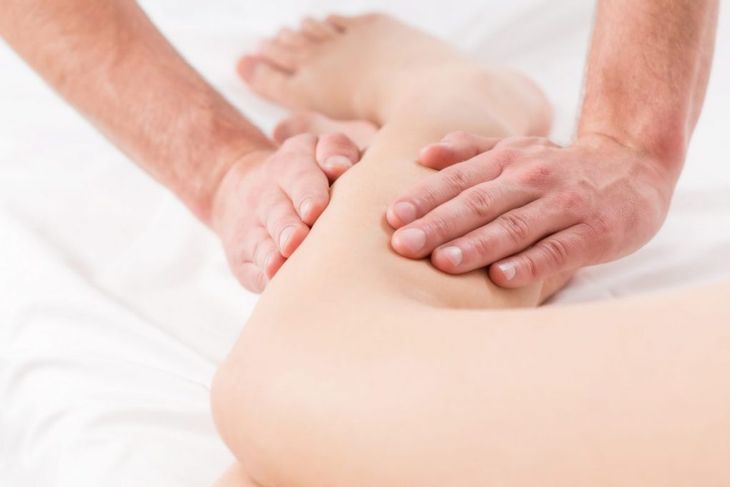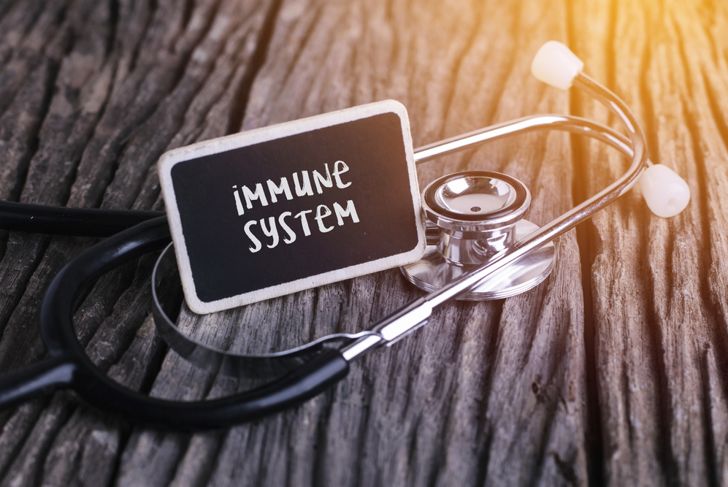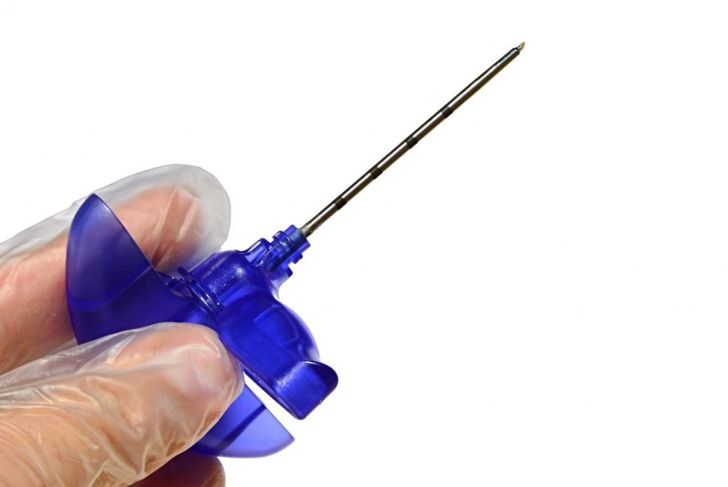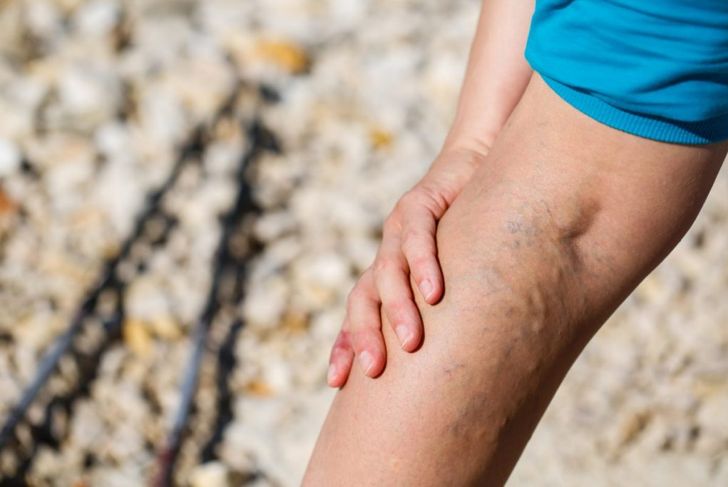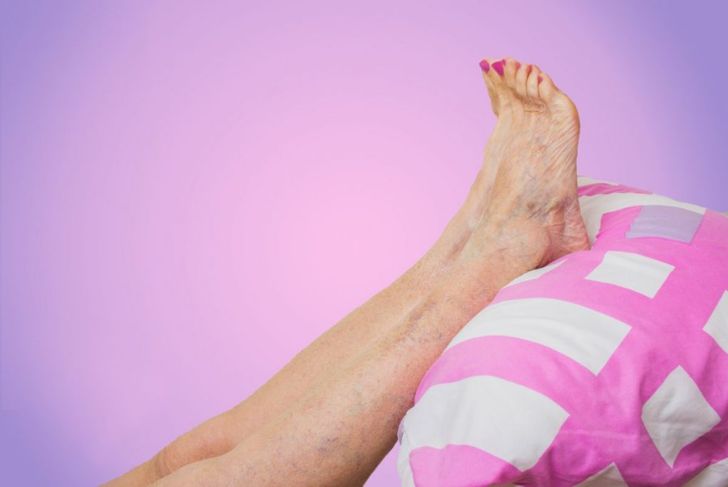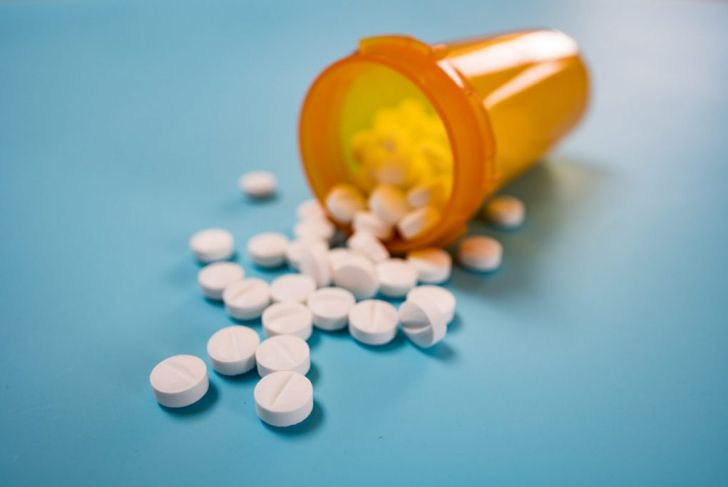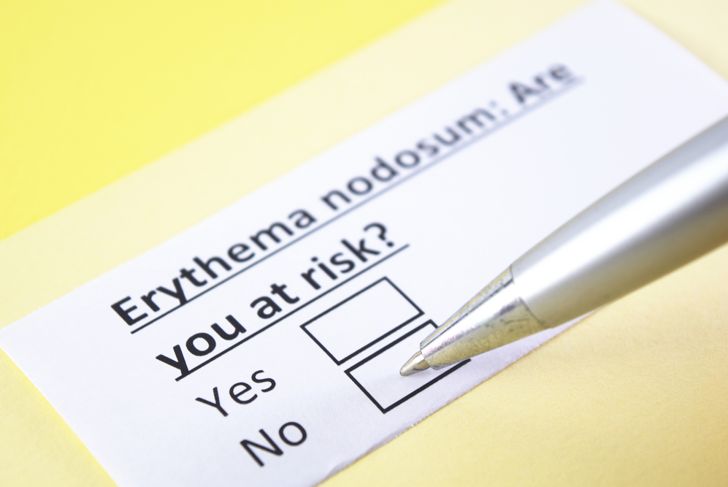Erythema nodosum or panniculitis is acute inflammation that typically occurs around the shins. However, it can affect any part of the leg and develop on the arms, as well. The condition is a result of inflammation of the layer of fat cells that lie just below the surface of the skin. In many cases, the cause is unknown, but erythema nodosum can be a sign of an underlying disease, such as Streptococcus or sarcoidosis. Treatment of erythema nodosum depends on the severity and frequency of the symptoms.
Signs and Symptoms
The most common indication of erythema nodosum is the appearance of painful, red nodules on the shins. The nodules can be anywhere from 2 to 6 cm across. They generally have poorly defined edges and are red, hot, and firm to the touch. As they fade, they become less firm and can feel squishy to the touch. They look more like a bruise as they fade and will eventually turn yellowish before disappearing altogether. Flu-like symptoms may also precede or accompany the nodules.
How long does it last?
Each nodule is generally present for about two weeks, but new nodules can continue to erupt for as many as six weeks. This means the total eruption period can last eight weeks, or even longer if the underlying condition is not treated or does not heal on its own. Some people only develop a few nodules, but acute cases can see 50 or more. Once the nodules have faded, they leave no scarring or indication they were there.
What Causes Erythema Nodosum?
Eruptions of erythema nodosum can be brought about by infections such as streptococcal infections, mycoplasma pneumoniae, histoplasma capsulatum, Epstein-Barr virus, and other pathogens. The nodules can also develop due to autoimmune disorders such as inflammatory bowel disease, sarcoidosis, and Behcet’s disease. Cancers including non-Hodgkin’s lymphoma, carcinoid tumors, and pancreatic cancer can also prompt eruptions. Allergic reactions to medications can cause outbreaks. Sometimes, erythema nodosum has no apparent underlying cause.
How does Erythema Nodosum Develop?
Experts believe erythema nodosum is likely a delayed hypersensitivity to pathogens and pharmaceutical substances, resulting in an overproduction of antigens. Often, except for people with IBS, no immune complexes are found in the bloodstream.
How is it Diagnosed?
An outbreak of erythema nodosum is similar to almost any other inflammatory skin condition. Clinical tests are needed to confirm the diagnosis. This usually involves a biopsy. Erythema nodosum causes a thickening of the fat surrounding the blood vessels. In addition to confirming the diagnosis, tests are usually performed to determine the cause of the outbreak. These may include a throat culture, full blood count, urinalysis, and possibly a chest x-ray. C-reactive protein is typically found to be elevated in an outbreak of erythema nodosum.
Will Erythema Nodosum Go Away on its own?
Many times acute cases of erythema nodosum will resolve on their own without treatment. However, if the underlying cause remains, the outbreak can reoccur over several months or years, becoming chronic. The most important factor in the longevity of the condition is the underlying cause and chosen treatment.
How are Symptoms Relieved?
The symptoms of erythema nodosum are often treated with painkillers and by keeping the legs elevated. Sometimes wearing firm, supportive bandages or stockings is advised, but only in people who are not prone to circulatory problems. Cold, wet compresses over the nodules are also used to relieve pain. In some cases, potassium iodide can ease relieve the pain in the nodules and joints. Doctors may also prescribe steroids.
Treatment
When a doctor diagnoses erythema nodosum, in addition to treating the nodules he or she will want to determine the underlying cause. Persistent or chronic erythema nodosum can occur in those for whom an underlying cause is not apparent, but this is rare. Once the underlying condition is resolved, erythema nodosum typically does not reoccur.
Treatment Outlook
For many people who develop idiopathic erythema nodosum, the symptoms resolve on their own in about six weeks. However, in some cases, the symptoms may last for years, particularly when the underlying condition is an autoimmune disease or other condition that is ongoing. When erythema nodosum does resolve, it typically leaves no permanent scarring or lingering side effects.

 Home
Home Health
Health Diet & Nutrition
Diet & Nutrition Living Well
Living Well More
More